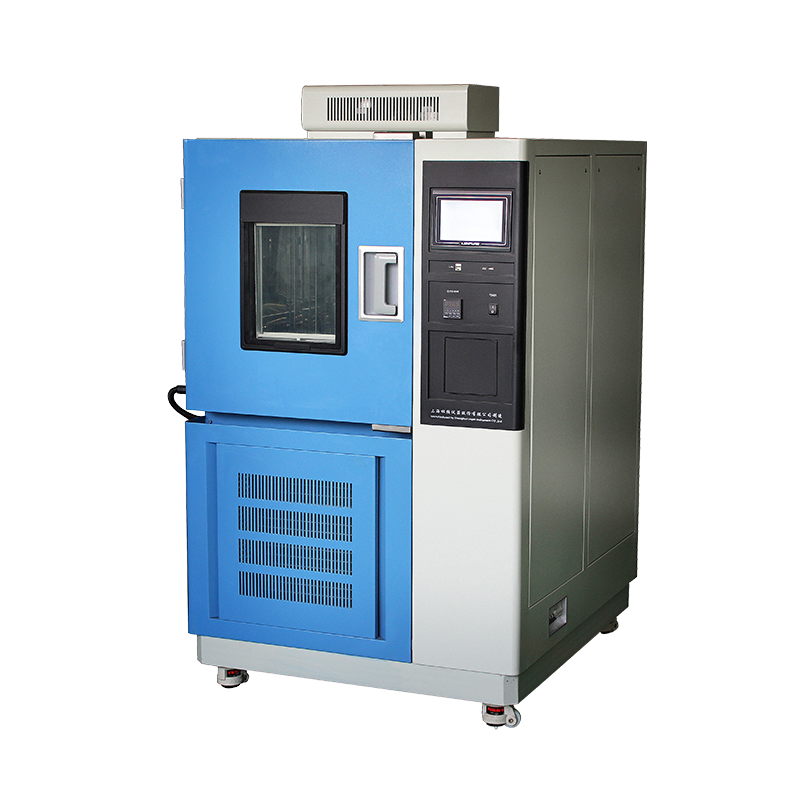

Cooling is a critical aspect of constant temperature and humidity test chambers. The two most common cooling methods are water-cooled (chilled water) and air-cooled. Each has its own advantages and disadvantages. Below is a detailed comparison:
1. Water-Cooled (Chilled Water) System
Advantages:
Strong environmental adaptability – Suitable for large-scale equipment such as rapid temperature change test chambers, thermal shock test chambers, and walk-in constant temperature rooms.
High heat dissipation efficiency – More reliable for high-power applications.
Stable performance – Better for long-duration tests requiring precise temperature control.
Disadvantages:
Water quality is crucial – Impurities in water can reduce cooling efficiency and even cause system damage.
Risk of leaks – Aging or damaged pipes may lead to water leakage, potentially causing electrical short circuits.
Maintenance costs – Requires installation of strong magnetic water treatment systems or electronic water treatment systems to prevent scaling. Without proper treatment, cooling efficiency will degrade over time.
Higher operating costs – Additional expenses for water treatment, descaling, and pipe maintenance.

2. Air-Cooled System
Advantages:
Simple structure, low maintenance cost – No need for cooling water pumps, cooling towers, or complex piping systems.
No water-related risks – Eliminates issues like pipe clogging, scaling in condensers, and water leakage.
Water-saving – No water consumption, making it more environmentally friendly.
Cost-effective – Preferred by many customers due to lower installation and operational expenses.
Disadvantages:
Limited cooling capacity – Not suitable for high-power equipment (generally not recommended for devices above 20kW).
Lower heat dissipation efficiency – May struggle with large-scale equipment (e.g., walk-in chambers).
Dependent on ambient temperature – Performance may vary in extremely hot environments.
Conclusion: Which One to Choose?
For small to medium-sized chambers (4–10kW), air-cooled systems are usually more economical and easier to maintain.
For large-scale or high-power equipment (e.g., walk-in chambers, rapid temperature change tests), water-cooled systems provide better stability and cooling efficiency but require higher maintenance.
If you need further guidance on selecting the right cooling system for your test chamber, feel free to contact us at 400-066-2888 for professional advice!